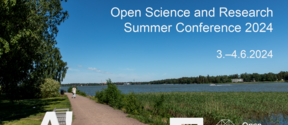Winning team hack the sauna experience to a new level at Junction
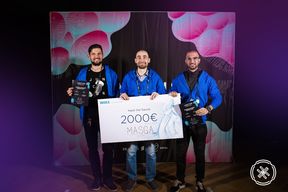
Adriaan Knapen, Siavash H. Khajavi and Alireza Jaribion are happy Junction challenge winners after a 48-hour marathon hack weekend (photo Junction)
Five researchers, Siavash H. Khajavi (Aalto University, DIEM), Alireza Jaribion (Aalto University, DIEM), Adriaan Knapen (Aalto University, EIT), Leila Abiedat (B.Sc. St Petersburg State University) and Arnab Banik (Clark University, USA) responded to Vaisala’s challenge at the Junction Hackathon event at Dipoli November 23-25.
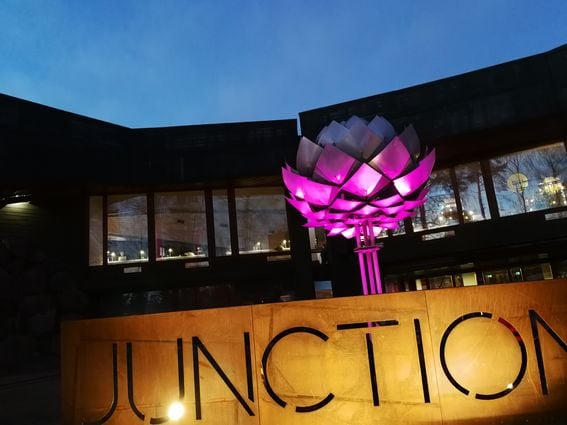
Junction is Europe’s biggest hackathon and a global community of hackers. Its mission is to empower people to create with technology. In 2018, the partner companies had 46 challenges and 11 tracks. 1300 hackers from 105 countries were accepted to the event. Junction 2018 was organized by an international community of volunteering students. It origins from the Aalto Entrepreneurship Society, which is known from Slush and the Kiuas program.
Hacking the Sauna
Vaisala’s challenge “Hack the Sauna” in the AI & BIG DATA Track of Junction 2018 sought to improve and modernize the traditional sauna experience using environmental measurements both in and outside of the sauna building. One of the ideas was to bring on a dashboard, mobile app or something that interacts with the people within the sauna.
As the partners were to provide the data and technology for their challenge, Vaisala set up a well-equipped sauna with measurement instruments that could stand the extreme temperature and moisture conditions. They also placed a weather station outside the sauna to enable measurements of the weather conditions (temperature, humidity, wind, rain). Vaisala’s own experts were present and offering support throughout the weekend.
We asked the Make Sauna Great Again (MASGA) –members how they tackled the challenge.
Siavash is a postdoc and Alireza researcher at the Department of Industrial Engineering and Management.
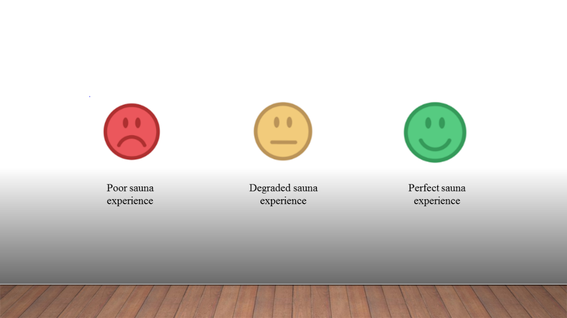
Description
We utilize the collected data from the sensors inside of the sauna to come up with a solution that can be used simply by a human operator (e.g.: Facility manager) to provide users a better overall experience. The novelty of this method is its simplicity, which allows the output to be used by a machine or a human. A summarization method is implemented which allows for the analysis and abstraction of many sensor readings to a single user understandable number.
Video clip of Alireza and Siavash describing their approach to the challenge.
Alireza Jaribion, Aalto UniversityIn short, we deal big data in a beautiful way.
How does it work?
We built an interface to summarize sauna experience for users of the sauna and for the people who manages the sauna.
For the user, we analyzed several parameters based on live data available from sauna. We summarized four parameters (Temperature (bench sensor), Temperature (floor sensor), CO2 (bench sensor), O2 (bench sensor)) and come up with a single value which is a realistic percentage that compares with the optimal threshold of sauna experience. It tells the users about the status of the sauna in three different moods, which help them to compare it with the best sauna experience. We have plugged three different emoji for differentiating between experiences. In addition, we deliver a message from the backend to the user and manager to understand what needs to be done.
For the threshold, we did 22 surveys on the people who were in sauna for at least 10 to 15 minutes and based on those and mathematical techniques we came up with our solution, which turns the four parameters into one percentage.
For the people who manages the sauna, we have kind of same structure but we analyzed Temperature (stove sensor), Humidity (bench sensor), Enthalpy (bench) and CO2 (bench) for giving a single percentage to the manager so that he or she understands what needs to be done to turn it into an optimal sauna. Again, we used our method for the threshold situation.
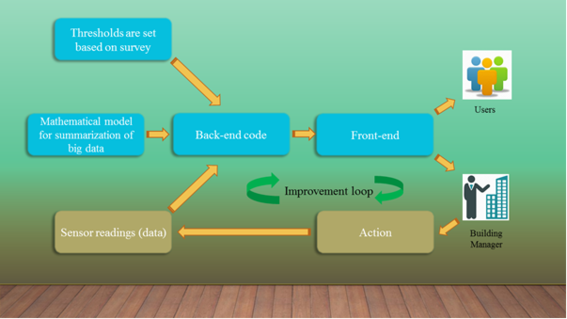
What Technology was used?
The algorithm was developed based on a pending patent, which is constructed upon the use of a fuzzy similarity measure for big data summarization. Parameters with significance were selected for the use as the inputs of the algorithm, which afterwards were analyzed and compared with an optimal condition as a reference point. This allowed us to develop the code and implement the front-end.
In the back-end development the data from Vaisala sauna installed at Dipoli is ingested by a Google Cloud Function running Python, which in turn computes the similarity and detects anomalies. The output of the Cloud Function are in turn offered as a HTTP access point for our front-end. The front-end is a simple Bootstrap based static website, it regularly polls the back-end for new data and displays it to the end-user.
For more information, contact:
Siavash H. Khajavi, Aalto University [email protected]
Alireza Jaribion, Aalto University [email protected]
- Published:
- Updated:
Read more news

More than 60 undergraduate students received a scholarship
Ilkka Kontula Foundation personal scholarships are worth 1 000 euros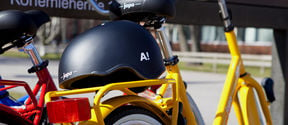
Bike thefts on campus have increased - remember to lock your bike properly
With the spring, bike thefts on the Aalto University campus have increased
Metsähovi radio observatory's 50th anniversary - check out pictures of the event
Aalto University's Metsähovi radio observatory turns 50 this year. On Observatory's birthday, Thursday 11. April, guests gathered together to celebrate the past decades and the development of radio astronomy in Finland.